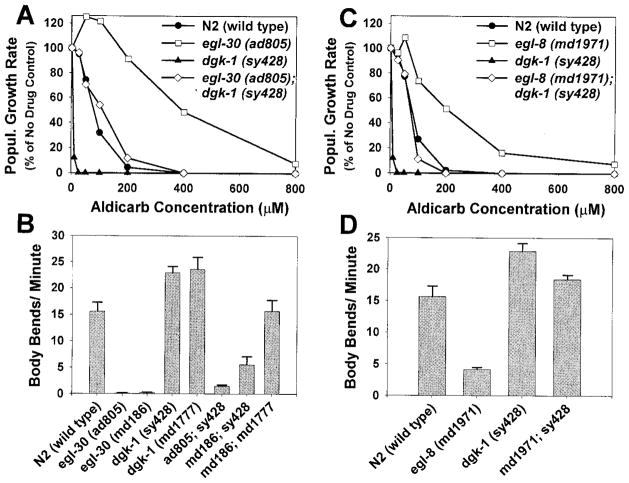Figure 7. DGK-1 Appears to Act Antagonistically to EGL-30 and EGL-8.
(A) The aldicarb resistance of egl-30 (ad805) is suppressed to near wild-type levels by a dgk-1 loss-of-function mutation. Shown are aldicarb dose-response curves of egl-30; dgk-1 double mutants and control strains. Curves are representative of duplicate experiments. Similar results were observed for egl-30 (md186); dgk-1 (sy428) and egl-30 (md186); dgk-1 (md1777) double mutants.
(B) The mean locomotion rates of egl-30; dgk-1 double mutants are in between those of egl-30 single mutants and wild-type. Error bars represent the standard error of the mean in a population of 10 young adult animals.
(C and D) The aldicarb resistance and sluggish locomotion rate of egl-8 (md1971) is suppressed to near wild-type levels by a dgk-1 loss-of-function mutation. Shown are aldicarb dose-response curves (C) and mean locomotion rates (D) of egl-8; dgk-1 double mutants and control strains. Aldicarb sensitivity curves are representative of duplicate experiments, and locomotion rates are means ±standard error of a population of 10 animals. The mean locomotion of the egl-8; dgk-1 double mutant is not significantly different from wild-type (t-test, p =.149).

